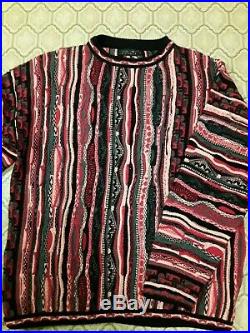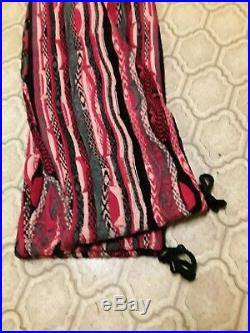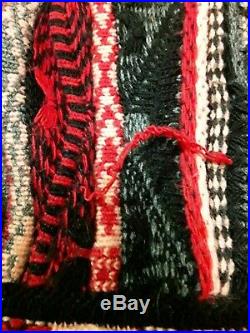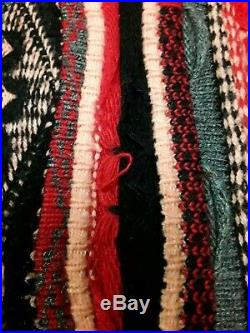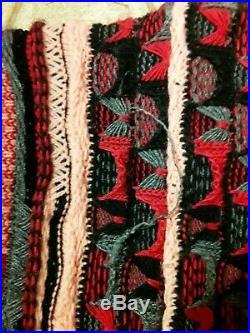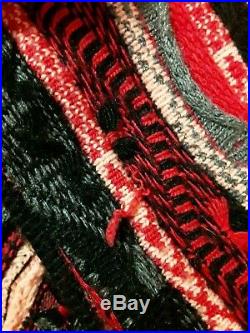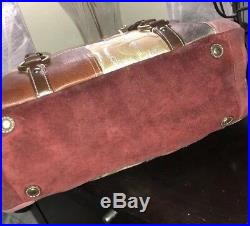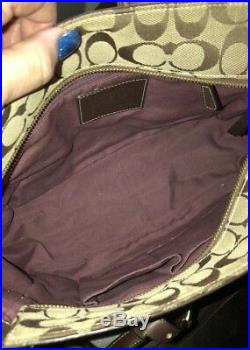
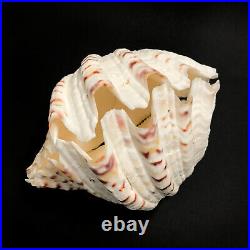
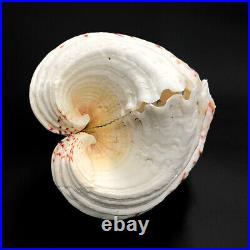
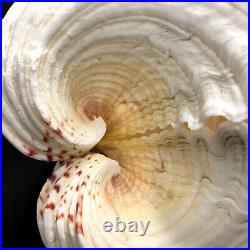
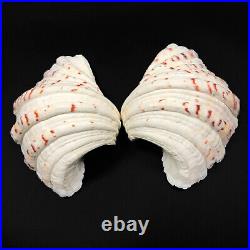
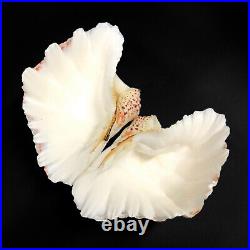
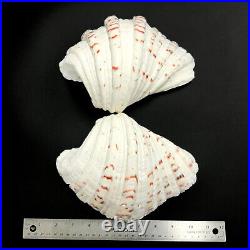
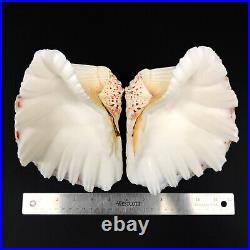
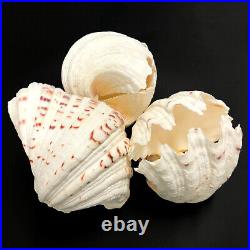
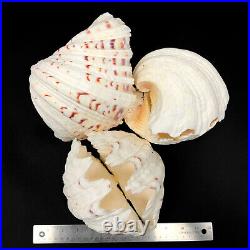

Extra Large Horse Hoof Clam Shell MATCHING PAIR Hippopus Hippopus Very Rare Set. You will receive one Extra Large Matching Pair Horse Hoof Clam Sea Shell (Hippopus Hippopus) display specimen. These beautiful natural Matching Pair Horse Hoof Clam Sea Shells measure about 8″ – 10″ inches across at the widest point. Matching Pair Horse Hoof Clam Sea Shells are VERY RARE and highly sought after by collectors. You will receive a randomly selected extra large Matching Pair Horse Hoof Clam Sea Shell from our available inventory, see photos for an accurate example of the quality, size and colour. Asking price is very low for an exquisite, very rare and unique natural wonder from the ocean. This is an amazing find from our desert outpost by the sea! ABOUT HORSE HOOF CLAM SHELLS: Hippopus Hippopus, also known as the Horse Hoof clam and Strawberry clam, is a species of Giant Clam in the Family Tridacna and the family Hippopus. Hippopus is a delicacy in many Southeast Asian countries due to its high quality meat. The scientific name hippopus comes from Ancient Greek for “horse foot”. The Horse Hoof clam is found in tropical waters of the Indian and Pacific ocean. It is commonly found on the coast of Indonesia and Palau. Its range extends as far as India in the Indian Ocean, and Kiribati in the Pacific ocean. The Horse Hoof clam frequently inhabits the shallow waters of fringing, barrier reefs, and seagrass beds. Hippopus inhabits the shallow water, its symbiotic inhabitants can use sunlight to perform photosynthesis for the clam. Hippopus does not attach to rocks in the reef, instead, they settle on sandy patches, detached from any reef rocks. The Horse Hoof clam shell is characterized as having strawberry blotches in the shape of bands on the exterior of the shell. Their mantle is a green-yellow color, with tightly fitting interlocking ridges. The shape of the shell if sub-rhomboidal and bears deeps ridges that stretch vertically across the surface of the shell. In comparison to its cousins, H. Hippopus is relatively average in size, averaging 22 cm (8.66 in) and reaching maximums lengths of 45 cm (17.72 in). Unlike with other bivalves, the hinge of H. Hippopus is adjacent to the substrate, with the inhalant siphon and mantle tissues facing towards the surface of the water. This maximizes the photosynthetic capapbilities of the photosynthetic dinoflagellates that harvest the sun’s rays, producing the clams distinct vibrant pigmentation.




